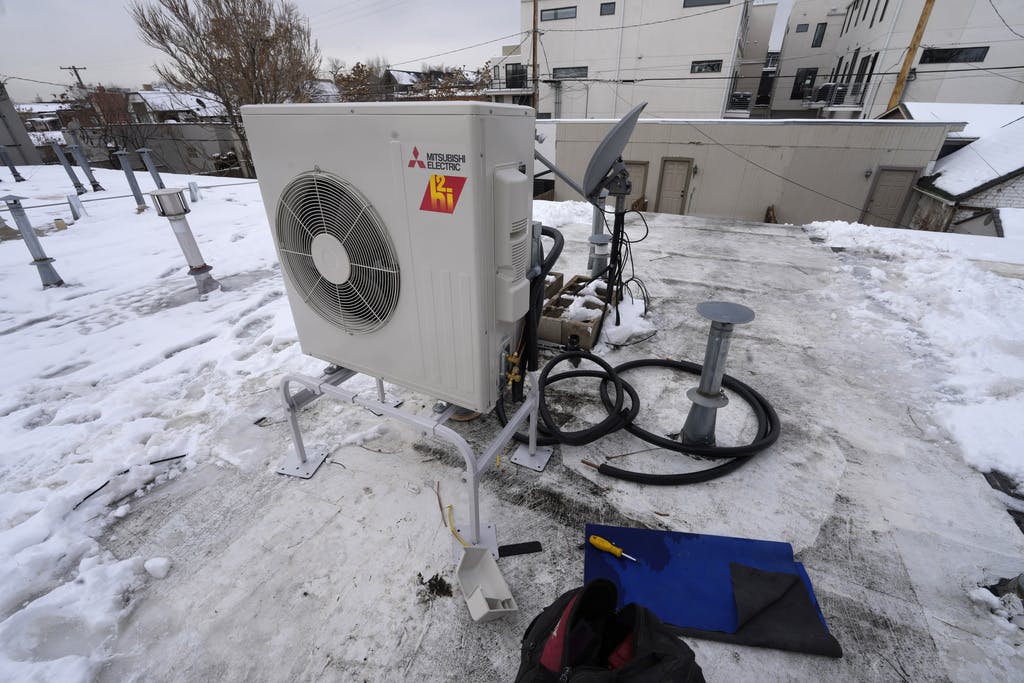California Regulators Looking To Price Gas-Powered Appliances Out of Existence
New regulations could add hundreds of dollars to the cost of installing gas-powered furnaces and water heaters.

California is picking up where the Biden administration left off with new efforts to discourage consumers from installing gas-powered appliances in their homes even if it means added costs for financially stretched consumers.
Air quality regulators in Southern California are expected to vote this week on two rules aimed at curtailing the sale of gas-powered furnaces and water heaters. The rules would not ban the appliances, but would add a costly “mitigation fee” to them and use those proceeds to subsidize people who choose to install electric appliances.
The aim is to reduce air pollution in the region, which has some of the worst air quality in the nation.
The Biden administration put new energy efficiency rules in place that would have required more energy-efficient gas furnaces starting in 2028 and effectively end the sale of between 40 percent and 60 percent of furnaces currently on the market.
President Biden raised efficiency standards on at least 24 different categories — everything from ceiling fans and dishwashers to gas stoves and water heaters — of products available to American consumers.
Shortly after he took office, President Trump swiftly signed an executive order to roll back those regulations and, as he put it, “safeguard the American people’s freedom to choose from a variety of goods and appliances, including but not limited to lightbulbs, dishwashers, washing machines, gas stoves, water heaters, toilets, and shower heads.”
The new rules in California would establish targets on the sales of zero-emission appliances for manufacturers to hit — starting at 30 percent in 2027 and rising to 90 percent in 2036. Manufacturers would pay a $50 to $100 fee, respectively, for each water heater and furnace that is not zero-emission. If manufacturers sell more units than their targets allow they would pay $250 to $500 per unit.
Manufacturers complain that the two-tier mitigation fee structure for under and above the sales target is complicated to implement and strongly prefer a flat fee. Environmentalists, on the other hand, want a third tier that could add a $1,000-per-furnace fee if a manufacturer misses a target by more than 20 percent.
There are approximately 10 million furnaces and water heaters in use in the South Coast Air Quality Management District, which includes Orange County and much of Los Angeles County.
A California state senator, Tony Strickland, is warning residents that the rules would significantly drive up the cost of housing and energy for Southern California families.
“It is never a good idea to impose excessive regulations, especially considering that the cost of living for Californians is 42 percent higher than the national average,” Mr. Strickland says.
The Republican lawmaker is urging residents to attend a hearing on the proposal on Friday. “Many residents in my district have expressed their struggles to afford basic necessities like food, rent, and gas due to the state’s already existing overregulation,” Mr. Strickland says.
He cites a report from an advocacy group, the Cost of Living Council, that claims the expense to upgrade to all-electric space and water heaters can be up to $47,000 for a single-family home.
A financial impact study by the regulators claims that number is overstated and not representative of real-world installation costs. It pegs the cost of an electric heat pump and installation at about $17,200. Since the units provide both heat and air conditioning, that cost is comparable to what it takes to replace gas-powered AC and furnace systems.
The “mitigation” fees would be adjusted annually to reflect the consumer price index with a 3 percent cap. The fees would pay for an incentive program for consumers to offset the cost of installing zero-emission units.
